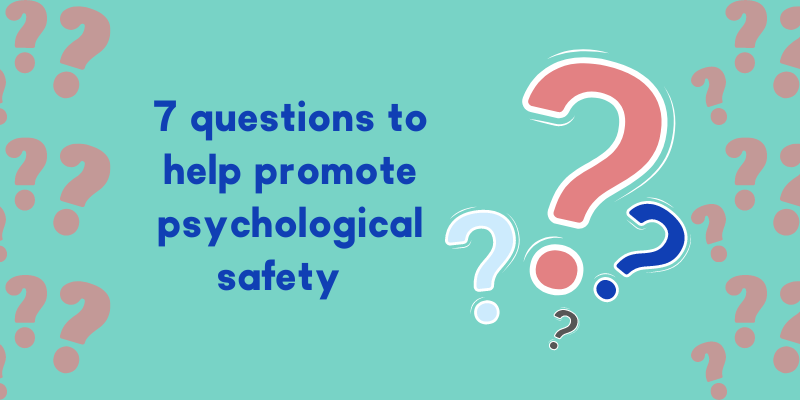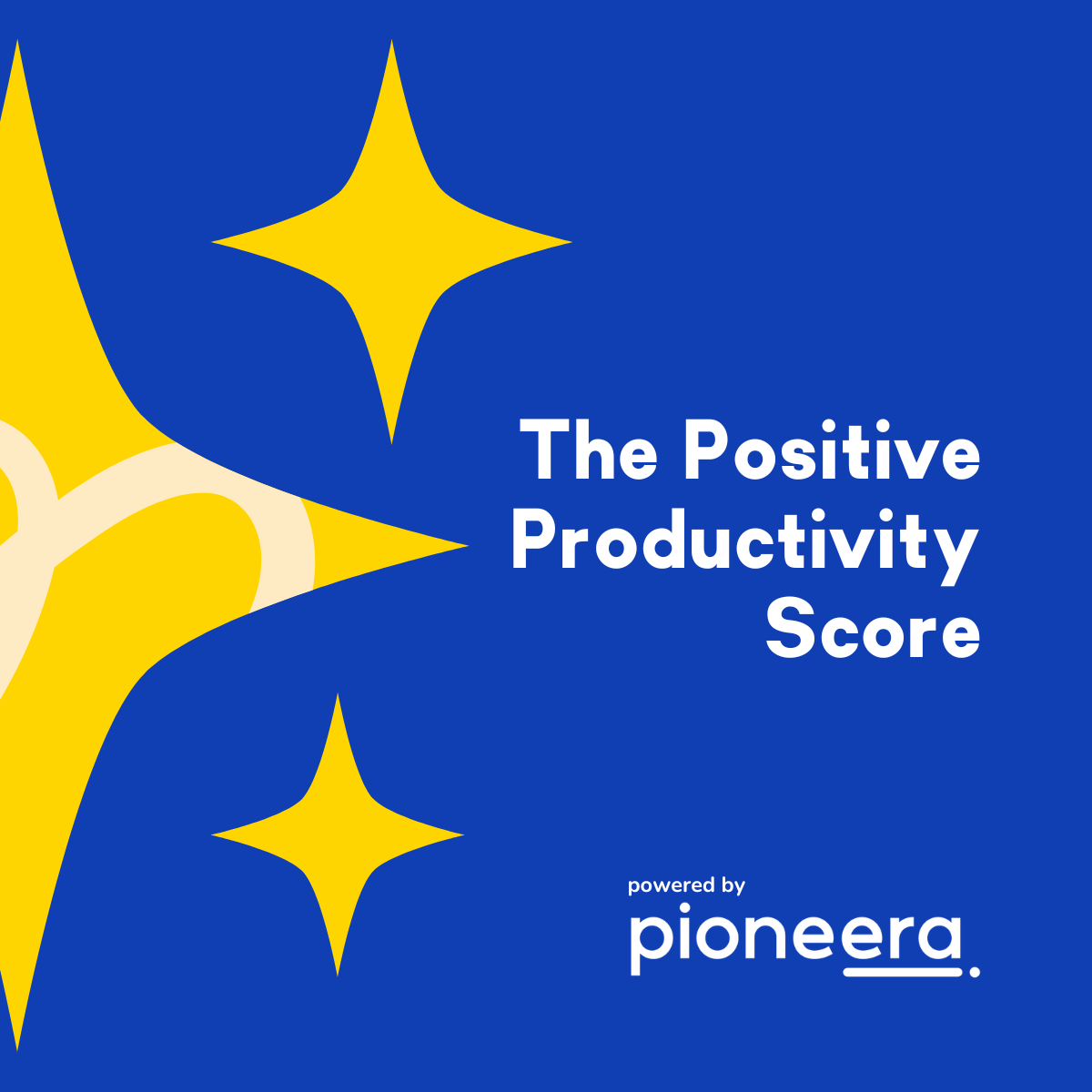Burnout, burnout, burnout. It’s become something of a buzzword on the tip of countless tongues and LinkedIn posts since early 2020.
But even before then, burnout was a serious issue (just not as widely recognised). So much so that in 2019, the World Health Organisation formally classified burnout as an “occupational phenomenon”.
Prior to this, burnout was just part of corporate culture, something that happens when you’re climbing the ladder and struggling with “life management”. But it’s not… and it shouldn't be. Particularly now.
This classification of burnout as a work-related issue shifts the onus from individuals to leaders and organisations to further understand and invest in the wellbeing of their people. And if we’ve learned anything this past year, taking care of your people is the best way to create a thriving, productive culture.
And yes, the prevailing shift to hybrid and remote-work models has provided opportunities for better balance and focus on wellbeing. But it’s still hard to spot the warning signs, and differentiate between burnout and stress before it’s too late.
In this first part of our Burnout series, we’re breaking down the symptoms, factors and signs, how burnout differs from stress, and the questions to ask to help you and your team prevent burnout before it’s too late.
What is burnout?
Burnout occurs when work-related chronic stress is ignored or mismanaged. The effects can be quite damaging to individuals and organisations.
Most burnout symptoms can be classified under the following:
-
Emotional exhaustion
-
Depersonalisation
-
Sense of low personal accomplishment
Here’s what to look for:
Signs of emotional exhaustion
-
Chronic fatigue
-
Insomnia
-
Impaired concentration
-
Loss of appetite
-
Anger
-
Anxiety
-
Depression
Signs of depersonalisation
-
Pessimism
-
Isolation from others
-
A disconnect from others or environment
Signs of sense of low personal accomplishment
-
Lack of interest and sense of hopelessness
-
Increased irritability
-
Poor performance and lack of productivity at work
4 questions to help identify burnout in yourself and others
Consider these four questions if you think you, or someone you know, might be suffering from burnout. If the answer to most is yes, then perhaps a change needs to happen.
1. Has anyone close to you asked you to cut down on your work?
2. In recent months have you become angry or resentful about your work, colleagues, clients or customers?
3. Do you feel guilty that you are not spending enough time with your friends, family or even yourself?
4. Do you find yourself becoming increasingly emotional, for example crying, getting angry, shouting, or feeling tense for no obvious reason?
(Adapted from Practitioner Health Programme.)
Stress vs burnout
Stress and burnout are not the same thing. Short bursts of stress can lead to heightened focus and productivity. But too much for too long can lead to burnout, which is much harder, and more costly, to recover from.
Here are the main differences between stress and burnout:

(Source)
Factors that lead to burnout
If you’re feeling a mountain of stress from these factors, chances are you’re on your way to burnout. Identifying the problem areas contributing to burnout in yourself or your team is key to prevention.
Work-life imbalance
We are always on. Video calls, emails, Slack, social media, notifications after hours, plus whichever kid is yelling down the hall asking why the milk is all over the floor… yep. With unbridled access to tech, we just can’t switch off, making it more and more difficult to strike a healthy work-life balance.
Throw into the mix anxiety around performance, fear of job loss, and pressure to work longer hours, and many feel they simply cannot make time to recharge.
Lack of control
Limited autonomy can lead to feeling helpless, undervalued and untrustworthy. This can stem from a lack of influence over your schedule, tasks, workload, tools, and resources required to do your job well.
Unclear job expectations
Ambiguity around job roles, tasks, and objectives can cause stress for individuals and teams. This can lead to wasted time, energy, and money. Unfortunately, this is often the result of poor communication from leadership.
Dysfunctional workplace culture
Bullying in the workplace is toxic. It’s a risk to employee mental and physical health, and your bottom line. Toxic behaviour includes offensive/humiliating comments, aggressive behaviour, unjustified complaints, and constant micromanagement (looking at you, managers).
A workplace that tolerates bullying can usually expect a pretty low retention rate, and won’t attract high performers.
Lack of reward
Ideally, we’d all get paid well for a job we love. But it’s not always that simple. The stress caused when intrinsic and extrinsic rewards don’t match your input can be significant, making you feel worthless, and lead to burnout.
Final thoughts
Burnout is a multifaceted issue that requires commitment from all levels of organisation. It’s an ongoing process that takes time. And one of the hardest steps is recognising the early signs of stress. Unfortunately, as busy as we are, this often happens too late. Be on the lookout for the signs of burnout to keep you and your team happy and high performing and use support like Indie, who identifies stress to prevent it becoming chronic and leading to burnout.
Check out part 2 in our Burnout Series as we dish out the tips to help you prevent burnout in your workplace.

Need a hand? We can help.
Pioneera’s award-winning AI bot, Indie, helps you know when stress is on the rise in your team and what you can do about it, before it’s too late.
When workplace stress is reduced, burnout can be prevented, and your people are happier, healthier, more productive, and more likely to stick around.
Got any questions? Shoot us an email, or book a demo







